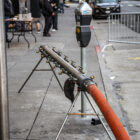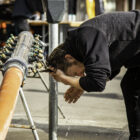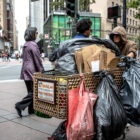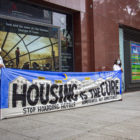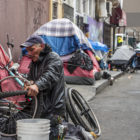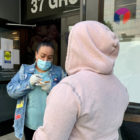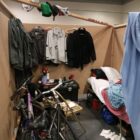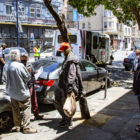
As San Francisco leaders look for ways to slash spending in the face of a huge budget shortfall, a coalition of homeless service providers is asking for an increase in funding over the next two fiscal years to address an expected surge in demand due to economic fallout from the coronavirus pandemic. The 30-plus-member Homeless Emergency Services Providers Association presented a proposal Monday to Mayor London Breed’s budget office requesting more than $42.5 million for homelessness-related programs through 2022, roughly 23% more than the groups received the previous two years. The money would fund subsidies that could help house hundreds of individuals and families, bolster emergency shelters and homelessness prevention programs, and jumpstart the city’s first safe drug injection site — provided Assembly Bill 362, which would permit pilot versions of such sites, survives the state Legislature this year and is signed into law by Gov. Gavin Newsom. “We all understand that this is a tough time for our city’s revenue and budget, but it’s also a very tough time for our residents,” Supervisor Matt Haney, whose district is home to many of the city’s unhoused residents, said about the proposal. “If we don’t invest in prevention and make sure that the most vulnerable people are taken care of, it can get much worse quickly.”
The service providers’ association has won funding for its members and the Department of Homelessness and Supportive Housing in the past, including more than $24 million in funding for various programs in the last fiscal year.
